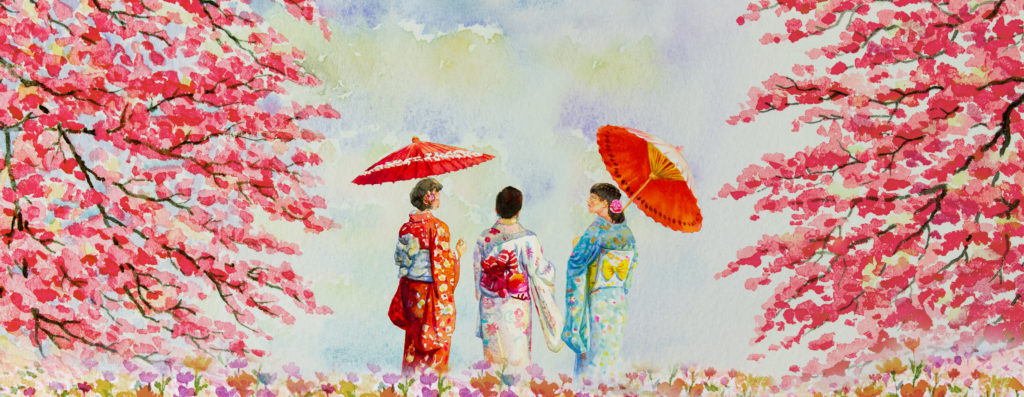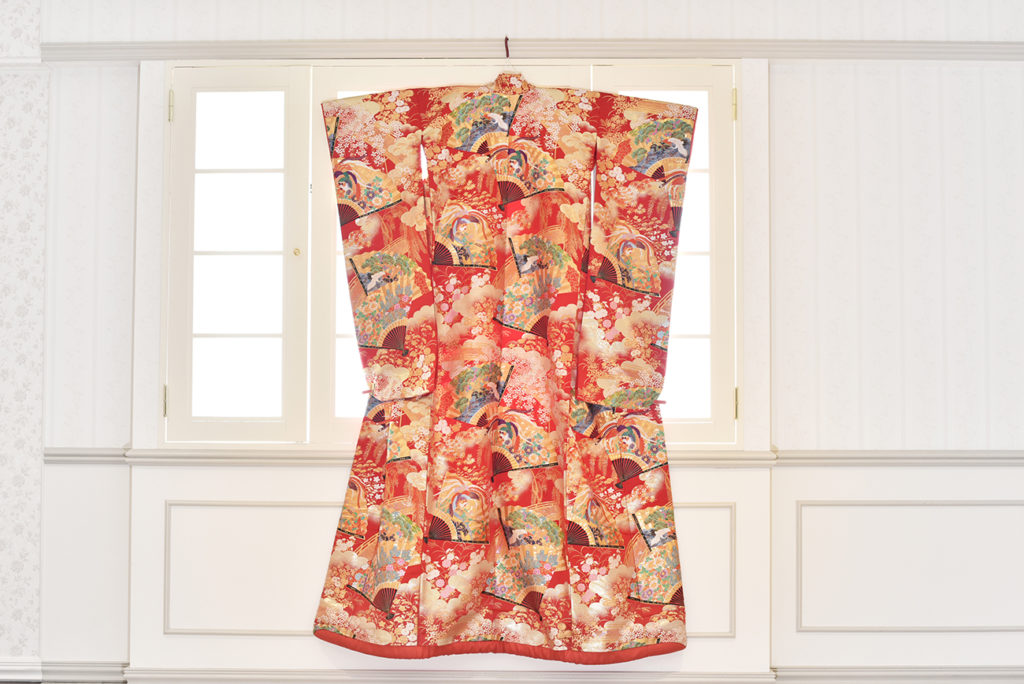
Tokyo 2020 “Kimono Project”
The Olympic Games are held every four years with Summer and Winter Games staged separately. Athletes all around the world go through rigorous training for years in preparation for the leading international sporting event. The Olympic Games include many different competitions. Our modern-day Olympics was inspired by the ancient Olympic Games held in Olympia, Greece from the 8th century B.C. until the 4th century A.D. The IOC was founded in 1894 by Pierre de Coubertin and, as of today, the governing body of the Olympic movement, along with the Olympic Charter, defines its foundation and authority.
Still in the midst of COVID-19, Tokyo 2020 is happening. The entire country is vibrant with unbridled energy! The whole world has eyes on the athletes compete for what they have been training so hard for. Witness history in the making and which of them brings home the coveted medals in the midst of a pandemic.
The kimono, literally meaning ‘thing to wear’ is a traditional Japanese garment and national dress of Japan. It is usually a full-length T-shaped robe with straight lines. With a kimono, one wears traditional Japanese footwear (geta or zori) and split toe socks called tabi.
The “Kimono Project” was conceptualized for the Tokyo 2020 Olympic Games. The endeavor was led by Japanese designer, Yoshimasa Takakura which involved designing 213 kimonos to represent each country participating in the Olympics.
Each is said to cost an estimated 1 million yen and is funded by donations from crowd sourcing campaigns and corporate sponsorship. The 213 kimono will be displayed at the 2020 Olympic Games and at the 2025 Osaka and Kansai Expo. Most of the kimono were created by well-known Japanese kimono craftsmen except for two. The obi Palestinian kimono was crafted by refugees primarily using embroidery while the kimono made for Indonesia was completed using wax with the batik process. The kimono were made with the Japanese spirit of wa, meaning harmony. The main goal of the project is to promote the idea of “living peacefully together” without religious, racial and economic barriers.
